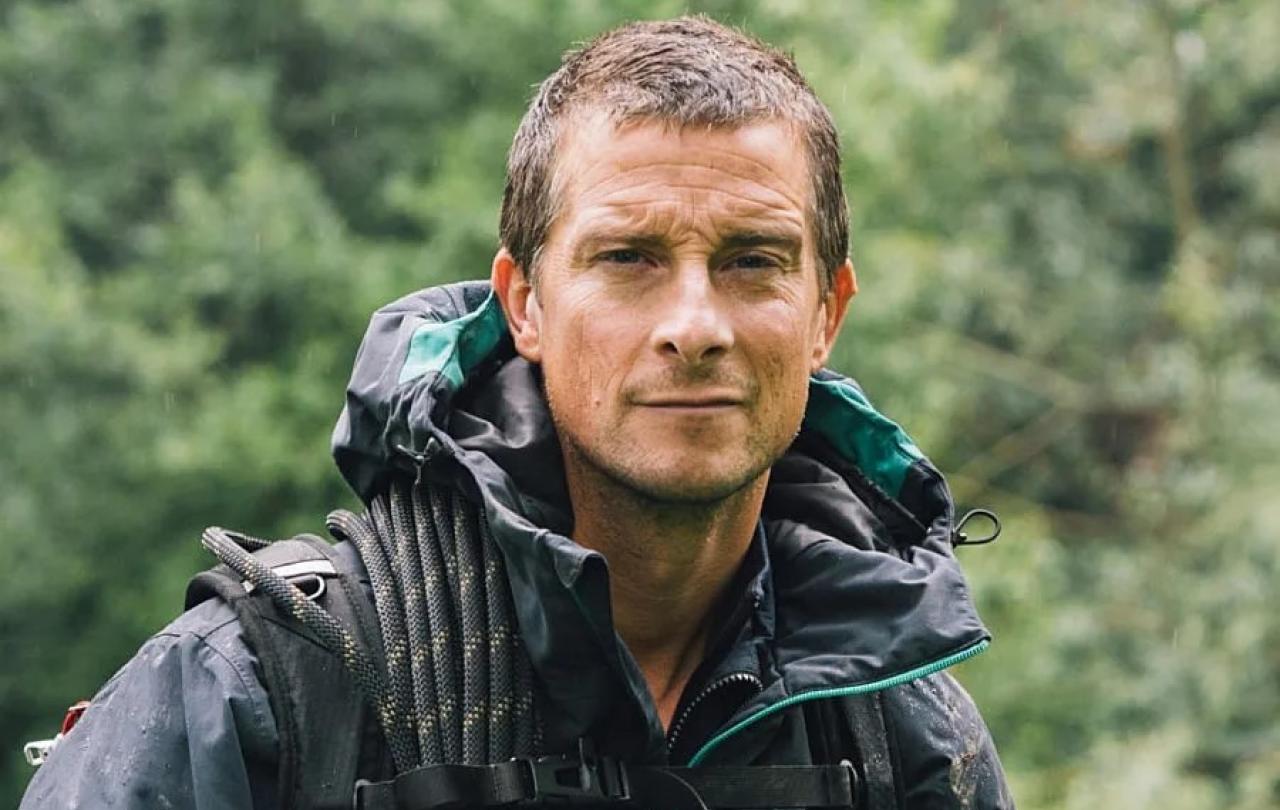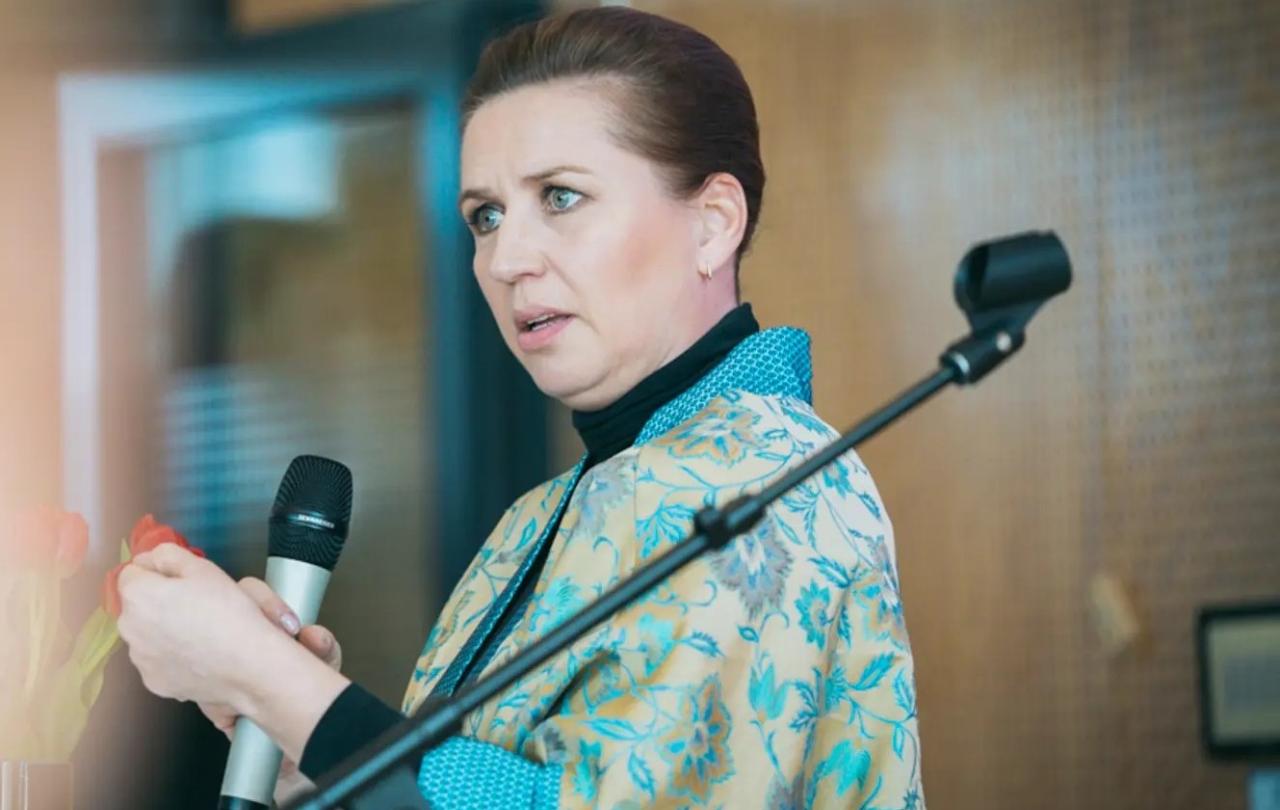
As a young teenager, whenever I came across stories about Jesus, he seemed to be about peace, kindness, sacrifice, freedom and affirmation. Everybody he encountered – rich, poor, sick, healthy – seemed to walk away with their life changed. It made me want to learn more about him.
It wasn’t religion I was after – as a teenager I wasn’t exactly hungry for more rules and restrictions – but I did like the sound of the freedom and empowerment that seemed to come from being around this guy. What I didn’t know was how it would truly change me from the inside out.
Having a Christian faith can be difficult to articulate, but I know I have the light of the Almighty within me. At times I have ignored it and tried to live without it. But my heart is restless when I try to live on my strength alone. I am not too proud to admit that I need my Saviour within me.
And it’s easy to be cynical about faith, but I have realised that doubts are ok. That’s part of it all. To seek truth and choose faith is courageous. Life and the wild have taught me that the tougher path often ends up being the most fulfilling one.
I’ve witnessed the gift God gives us change so many lives over the years. None of us deserves it. I certainly don’t. If anything, I am more aware than ever how often I have failed, yet still I am forgiven. That’s why Christ turned everything on its head. His forgiveness is free because he has paid the price. He took our place on the cross. He died to set us free. No wonder they call it the greatest story ever told.
The story I have written in my new book is His story, Jesus’ own story, told from the perspective of the first eyewitnesses. I deliberately stuck closely to the accounts recorded in the four gospels, though some dialogue and other details have been added for context and flow. But not a single word of Jesus has been changed from the original accounts in the New Testament. I have used different English translations to capture his words depending on the context.
In writing a book like this, I also wanted to be authentic to the original setting and to avoid anglicised names that are over-familiar to many of us. The region in which Yeshua (Jesus) lived was complicated and remains contested to this day. Greek and Latin were the dominant languages throughout the Roman Empire at that time. Yeshua himself was Jewish and would have read the Scriptures in Hebrew. However, as a Galilean, Yeshua’s everyday language would have been Aramaic. The Gospels beautifully preserve some of Jesus’ most intimate words in Aramaic.
So I’ve used a mixture of Greek, Hebrew and Aramaic names for people and places to reflect the social context of Yeshua’s time.
As we have just passed Easter, here is a small section from the book when a small selection of Yeshua’s followers saw him ascend into heaven, ahead of that great Pentecost Sunday.
WHEN forty days had passed since he first appeared in the garden, Yeshua made his final appearance to us. One moment we were alone, then there he was among us, again. He said nothing about this being the last physical visitation that he would make. With hindsight, I should have known.
He led us out of the house, down through the city gates and along the valley, up beyond Gad Smane and into the hills towards Beth ’Anya. The journey we had done so many times together.
When we reached the top of this small hill, called Tura Zita, the Mount of Olives, Yeshua turned and stopped. He reached out his hands to us and held on tight to each of us in turn. Andreas asked him, ‘Master, are you going to restore your kingdom now? Is this the time?’
Yeshua told them that God’s own Spirit would come to them. ‘Dates and times. They are not for you to know. But the Holy Spirit will come upon you and give you power. You will be my witnesses. You will tell people everywhere about me – in Yerushalayim, in the rest of Yehuda, in Samaria, and in every part of the world.’
His arms were now raised above him, and his eyes closed. His head lifted up to the heavens. Suddenly, the light around him started to change. And a brightness began to shine out from him. A brightness that was almost impossible to look at. Then a cloud began to form around him. A cloud that circled him and slowly began to lift Yeshua off the ground.
We all stood there, holding each other, and we watched our friend – the Master, the Lord, the Messiah – slowly disappear among the cloud until he was gone. There was no fanfare. No grand goodbye. Just that swirling cloud around him as he was raised higher and higher.
And then, just like that, Yeshua was gone.
We were left staring up into the clouds above.
As we stood there, suddenly two angels appeared beside us.
‘You Galileans! Why do you just stand here looking up at an empty sky?’
We all looked at each other in awed surprise. But with no paralysing fear anymore.
How strange, I thought, that this is no longer strange.
Then one of the angels spoke: ‘This very Yeshua who was taken up from among you to heaven will come as certainly – and mysteriously – as he left.’
Join Bear for an exclusive event in London on the evening of 18 June where he’ll share more about his faith and The Greatest Story Ever Told.
Support Seen & Unseen
Since Spring 2023, our readers have enjoyed over 1,000 articles. All for free.
This is made possible through the generosity of our amazing community of supporters.
If you enjoy Seen & Unseen, would you consider making a gift towards our work?
Do so by joining Behind The Seen. Alongside other benefits, you’ll receive an extra fortnightly email from me sharing my reading and reflections on the ideas that are shaping our times.
Graham Tomlin
Editor-in-Chief





